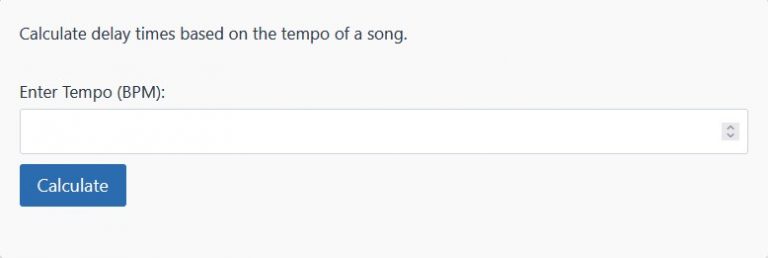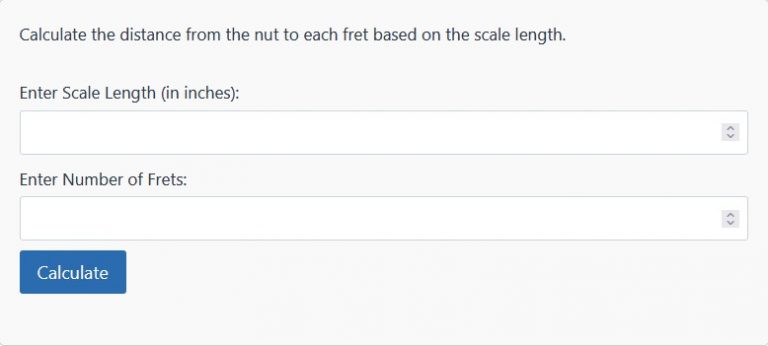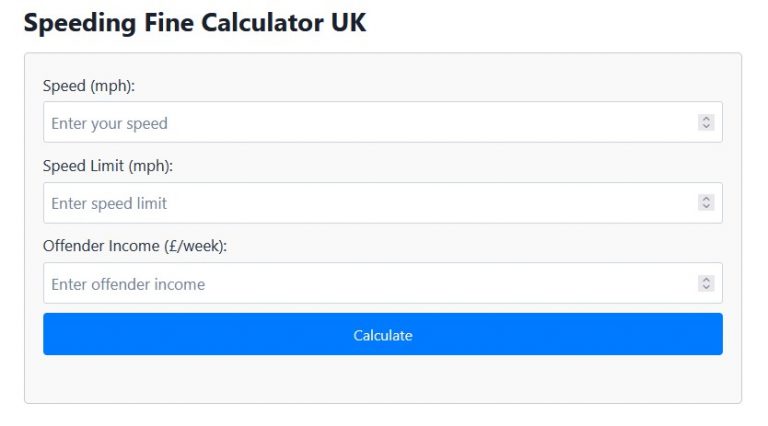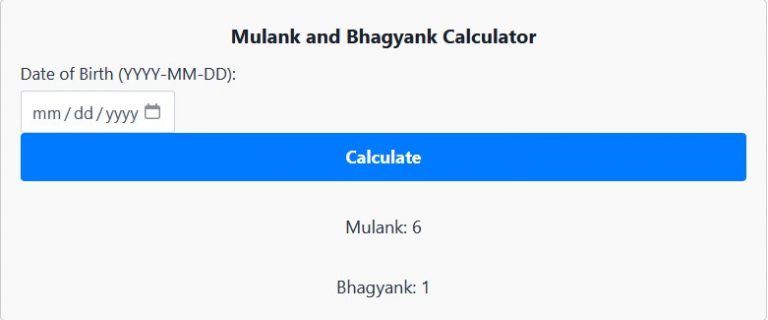
Our Semitone Calculator is a digital tool that allows users to calculate the number of semitones between any two musical notes.
It streamlines the process of semitone calculation, eliminating the need for complex mathematical formulas or extensive music theory knowledge.
With a user-friendly interface, the Semitone converter empowers musicians and music enthusiasts to explore the nuances of musical intervals with ease.
Whether you’re a professional musician, a music student, or simply an enthusiast seeking to deepen your understanding of music theory, the Semitone Calculator is an invaluable resource.
By simplifying the process of semitone calculation, this tool empowers you to explore the intricate world of musical intervals with confidence and ease.
Semitone Calculator
Calculate the frequency of a note based on the number of semitones from a reference note.
Calculation 1: C to G To calculate the number of semitones between C and G, we can input the two notes into the Semitone Calculator:
Note1 = C (Octave = 4, Index = 0)
Note2 = G (Octave = 4, Index = 7)
Semitones = (12 * (4 - 4)) + (7 - 0)
= 0 + 7
= 7 semitones
The interval between C and G is 7 semitones.
Calculation 2: E to B-flat Let’s calculate the number of semitones between E and B-flat:
Note1 = E (Octave = 4, Index = 4)
Note2 = Bb (Octave = 4, Index = 10)
Semitones = (12 * (4 - 4)) + (10 - 4)
= 0 + 6
= 6 semitones
The interval between E and B-flat is 6 semitones.
Calculation 3: F-sharp to D Here’s an example of calculating semitones between F-sharp and D:
Note1 = F# (Octave = 4, Index = 6)
Note2 = D (Octave = 5, Index = 2)
Semitones = (12 * (5 - 4)) + (2 - 6)
= 12 + (-4)
= 8 semitones
The interval between F-sharp and D (in the next octave) is 8 semitones.
Calculation 4: B to E-flat Let’s find the number of semitones between B and E-flat:
Note1 = B (Octave = 4, Index = 11)
Note2 = Eb (Octave = 4, Index = 3)
Semitones = (12 * (4 - 4)) + (3 - 11)
= 0 + (-8)
= -8 semitones
The interval between B and E-flat is -8 semitones (or 4 semitones in the opposite direction).
These examples demonstrate how the Semitone Calculator can quickly and accurately calculate the number of semitones between any two notes, regardless of their octave positions or accidentals.
This tool is invaluable for musicians and composers who need to work with intervals and explore different tonal relationships.
Semitone Calculation Formula
While the Semitone Calculator simplifies the calculation process, it’s useful to understand the underlying formula. The formula for calculating semitones between two notes is as follows:
Semitones = (12 * (Note2.Octave - Note1.Octave)) + (Note2.Index - Note1.Index)
Here, Note1 and Note2 represent the starting and ending notes, respectively. The Octave value corresponds to the octave number, while the Index refers to the position of the note within the chromatic scale (0 for C, 1 for C#/Db, 2 for D, and so on).
Also Use Another Music Calculator : – Fret Calculator
What is Semitone?
A semitone, also known as a half-step, is the smallest interval in Western music theory. It represents the distance between adjacent notes on the chromatic scale.
For example, the interval between C and C# (or Db) is a semitone.
Understanding semitones is crucial for constructing scales, analyzing chord progressions, and exploring various musical genres and styles.
Benefits of using Semitone Calculator?
Using a Semitone Calculator offers several benefits for musicians, composers, and music enthusiasts:
- Time-saving: Instead of manually calculating semitones using complex formulas, the calculator instantly provides the result, saving valuable time and effort.
- Accuracy: By eliminating the potential for human error in calculations, the Semitone Calculator ensures precise and reliable results.
- Exploration: With the ability to quickly calculate semitones between any two notes, musicians can easily experiment with different intervals, scales, and chord progressions, fostering creativity and musical exploration.
- Educational: The Semitone Calculator serves as a valuable educational tool, helping students and beginners understand the concept of semitones and their role in music theory.
- Accessibility: Available online or as a mobile app, the Semitone Calculator is accessible from anywhere, making it a convenient tool for musicians on-the-go.
How to count semitones
Counting semitones is a fundamental skill in music theory. Here’s how to count semitones:
- Start with the first note on the chromatic scale (the scale with all 12 notes, including sharps and flats).
- Count each successive note as 1 semitone higher.
- For example, from C to C# is 1 semitone, C to D is 2 semitones, C to Eb is 3 semitones, and so on.
Is one semitone 100 cents?
Yes, in the cent system, which divides an octave (the interval between two notes with the same name but different pitches) into 1200 equal parts, one semitone is equal to 100 cents.
What does 1 semitone mean?
A semitone is the smallest interval in Western music theory. It represents the distance between adjacent notes on the chromatic scale.
For example, the interval between C and C# (or Db) is 1 semitone.
How much is 2 semitones?
2 semitones is the interval between two notes that are two consecutive steps apart on the chromatic scale. Some examples include:
- C to D: 2 semitones
- F to G: 2 semitones
- B to C: 2 semitones
In the cent system, 2 semitones is equal to 200 cents.




